
Using Linux Text-Based Web Browsers for Efficient Server Management If you are managing a server or need a fast browsing experience, consider a VPS hosting solution that allows seamless remote management and terminal-based web browsing. In a world dominated by resource-heavy graphical web browsers like Chrome and Firefox, Linux text-based web browsers offer a lightweight […]
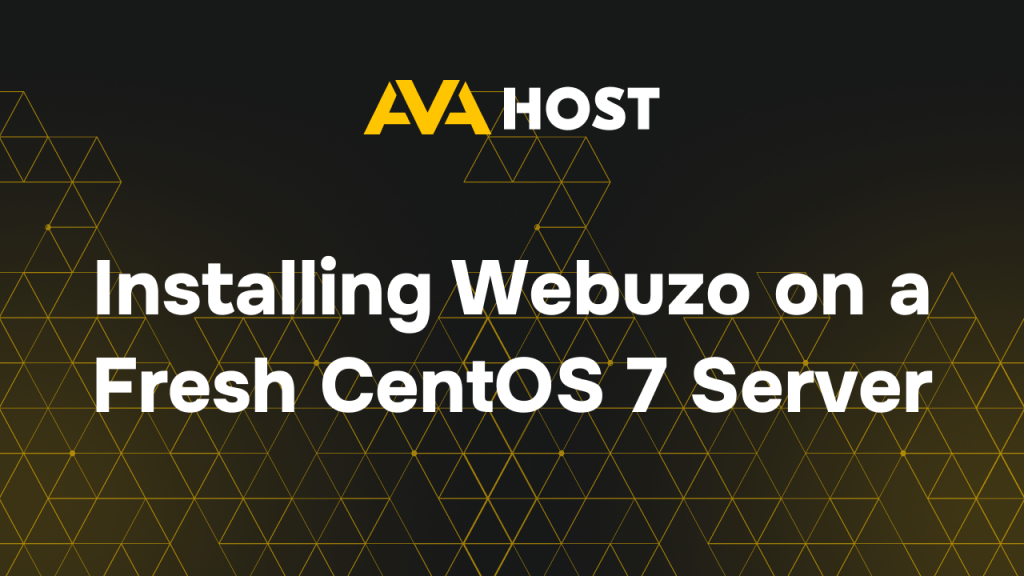
Streamlined Webuzo Installation for Seamless Hosting Managing web hosting services shouldn’t be a chore, and Webuzo’s powerful multi-user control panel makes it a breeze with its one-click app installer and intuitive interface. Whether you’re deploying a blog, an e-commerce platform, or a custom app on ava.hosting’s high-performance VPS or dedicated servers, Webuzo simplifies server management […]

Seamlessly Upgrading Ubuntu 20.04 to 22.04 on ava.hosting Keeping your Ubuntu system up to date is vital for accessing the latest features, security patches, and performance boosts, whether you’re managing a personal project or a robust application. Upgrading from Ubuntu 20.04 to 22.04 brings enhanced stability, modern software, and extended support, ensuring your system thrives […]
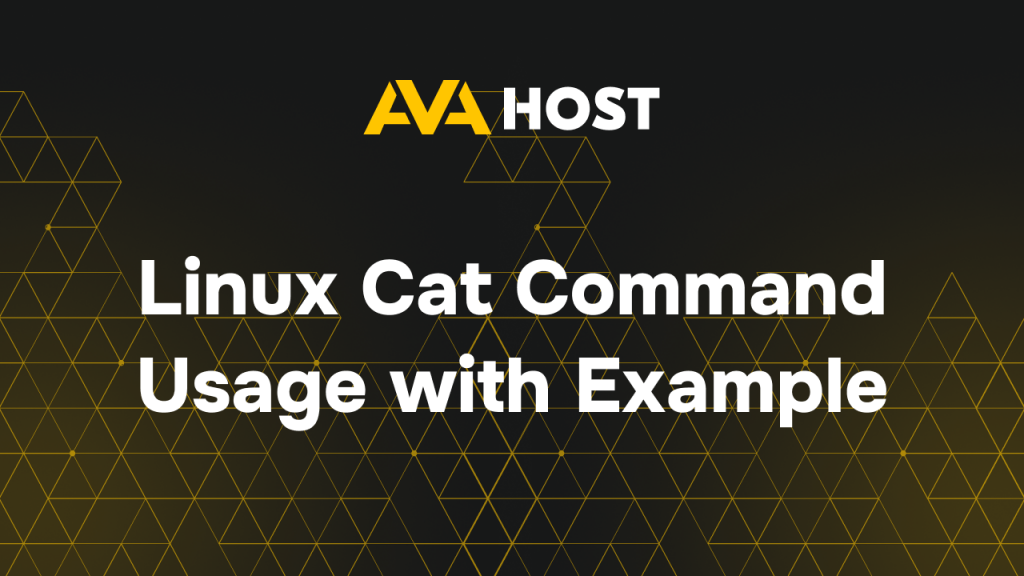
Mastering the cat Command in Linux The cat command, short for “concatenate,” is a versatile and essential tool in Linux, widely used for viewing, creating, and combining files. Its simplicity belies its power, making it indispensable for both beginners and seasoned administrators managing systems on ava.hosting’s high-performance VPS or dedicated servers. Whether you’re debugging logs […]
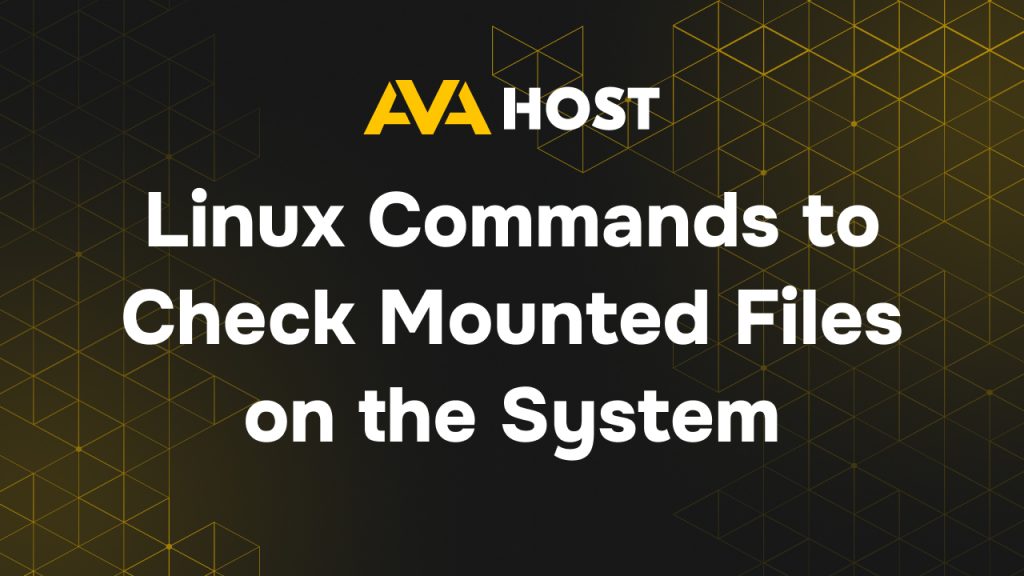
Managing mounted file systems in Linux is crucial for ensuring proper data accessibility, troubleshooting storage issues, and maintaining system integrity. Whether you are operating a VPS hosting, a dedicated server, or utilizing a cloud hosting solution, understanding how to check mounted files and partitions is essential for system administration. Additionally, businesses relying on managed hosting […]
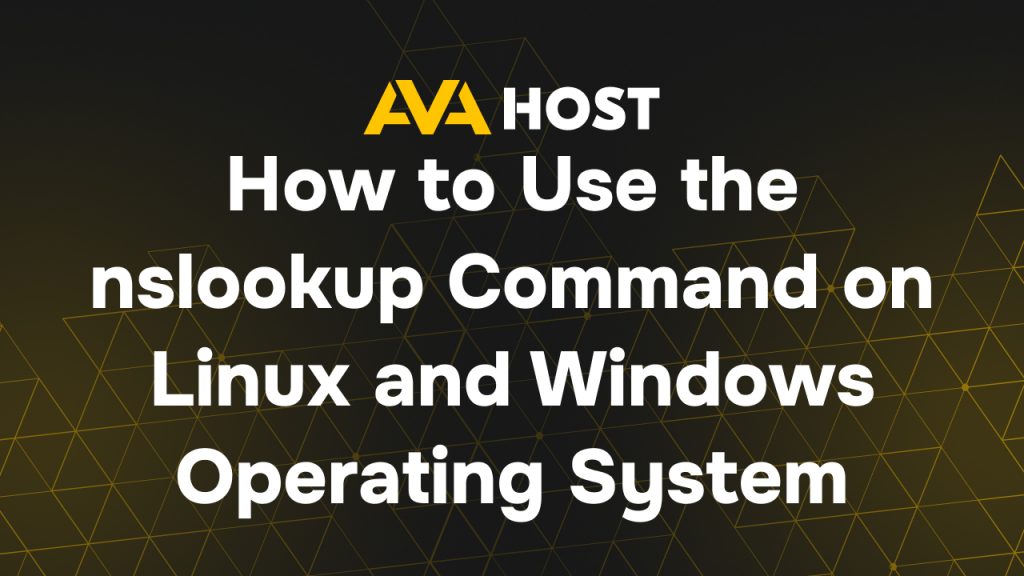
The nslookup command is a powerful network administration tool used for querying the Domain Name System (DNS) to obtain domain-related information. Whether you’re troubleshooting DNS issues on a VPS hosting plan or managing domains on a dedicated server, understanding how to use nslookup effectively can help diagnose and resolve network-related problems. What is the nslookup […]
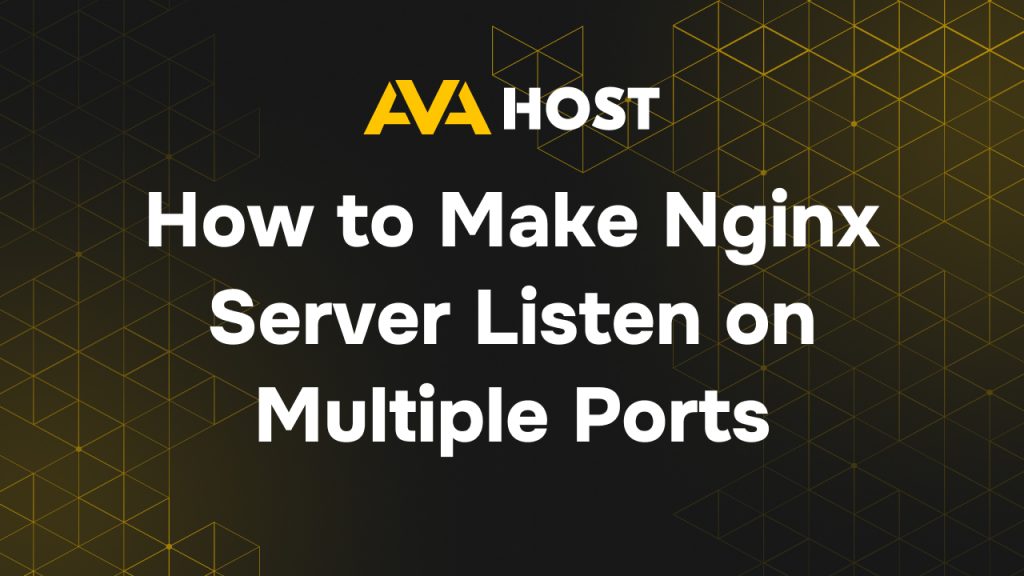
Managing MySQL databases efficiently is crucial for web hosting, development, and server management. Whether you’re working with a VPS hosting plan or handling large-scale applications on a dedicated server, knowing how to import and export MySQL databases using the command line is essential for backups, migrations, and troubleshooting. Why Use Command Line for MySQL Import […]

Configuring Nginx to listen on multiple ports is essential for handling different types of requests efficiently. Whether you’re managing a website on a VPS hosting solution or running high-performance applications on a dedicated server, understanding how to configure Nginx correctly can improve flexibility and performance. Why Configure Nginx to Listen on Multiple Ports? Serve different […]
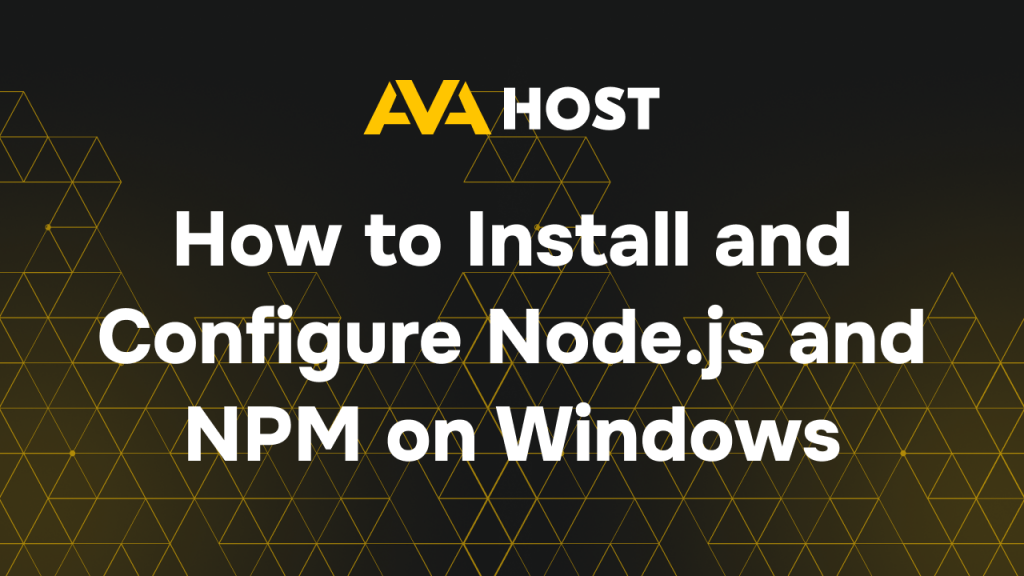
Node.js is a powerful JavaScript runtime that allows developers to build scalable network applications. NPM (Node Package Manager) is bundled with Node.js and helps manage dependencies efficiently. This guide will walk you through installing and configuring Node.js and NPM on a Windows machine. Step 1: Download Node.js Installer Visit the official Node.js website. Choose the […]

Running a high-performance application on ava.hosting’s reliable VPS or dedicated servers demands efficient database management. MySQL FLUSH commands are powerful tools that help maintain your database’s stability and speed by clearing caches, refreshing privileges, and managing logs. For example, if you’re managing a busy e-commerce site on ava.hosting and notice sluggish query performance, a quick […]


